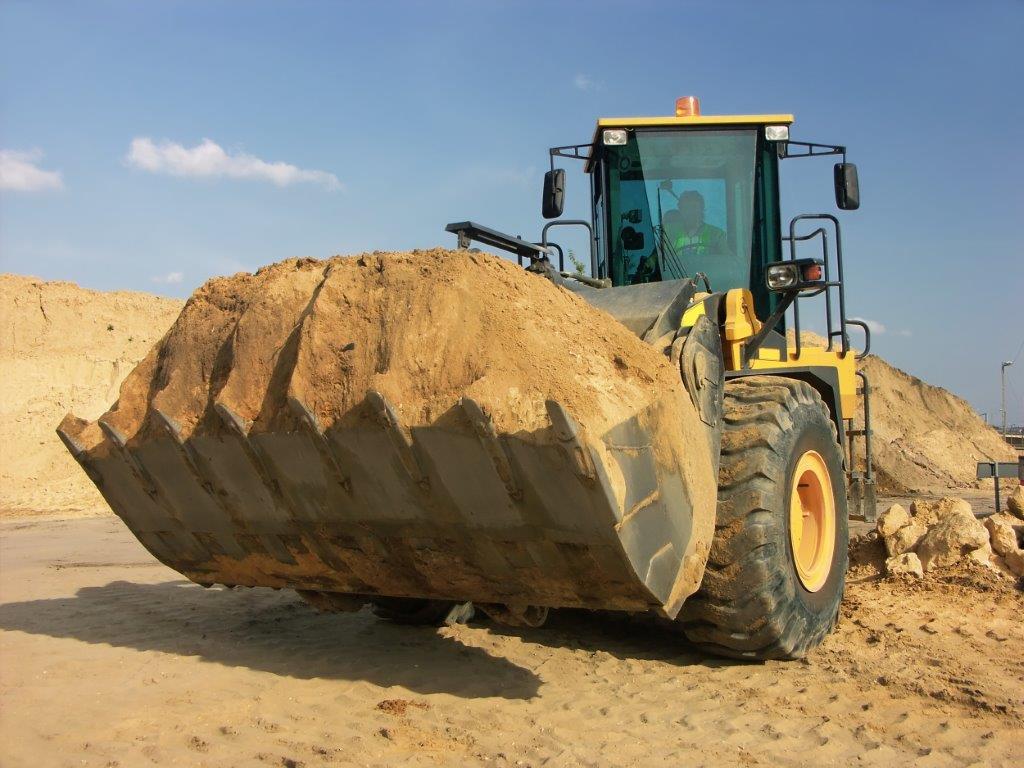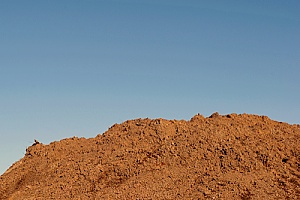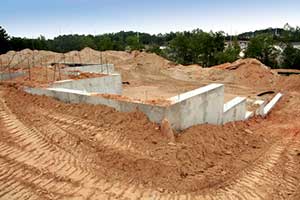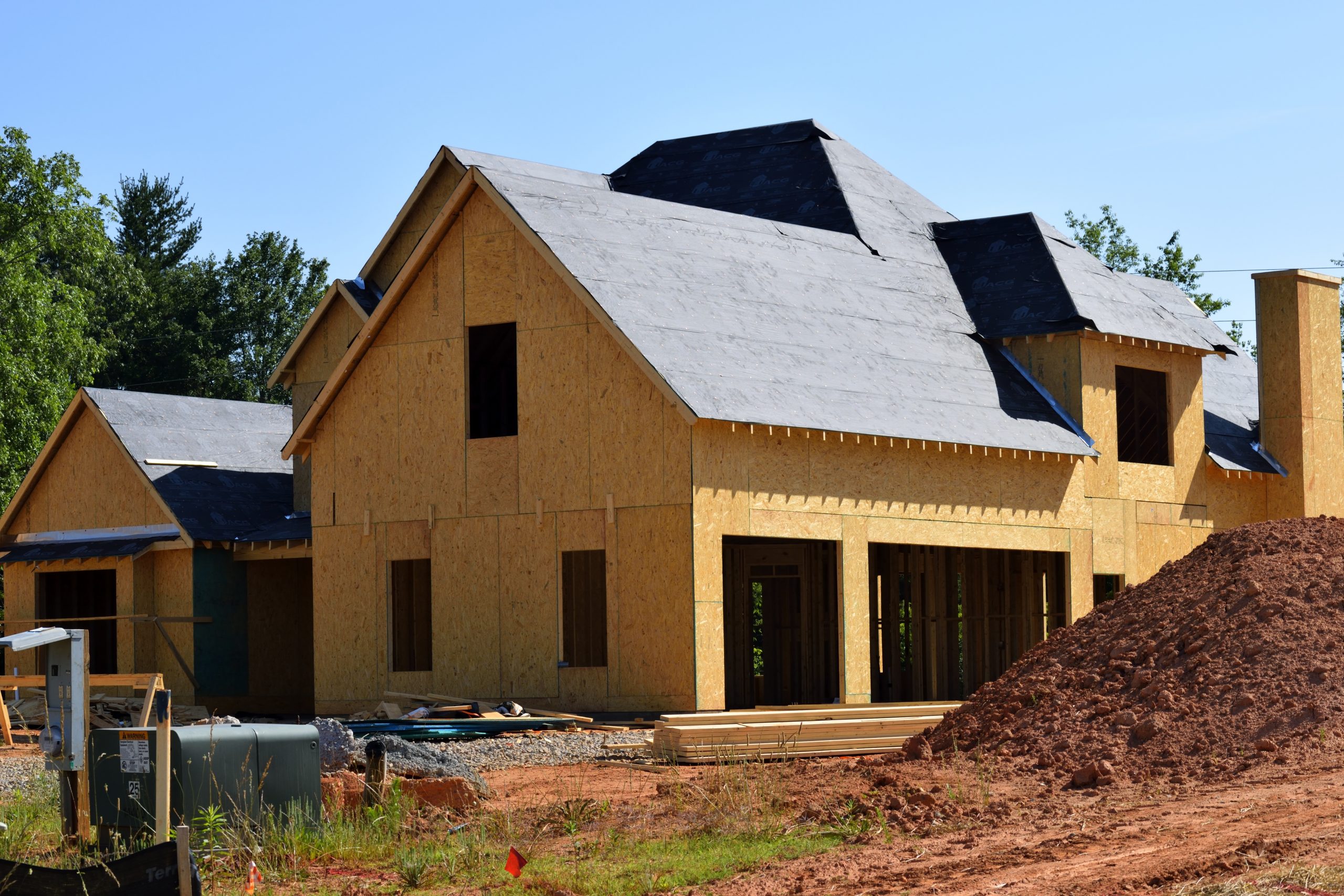 What is fill dirt? Whether you work in the construction industry or you struggle to perform at least one home enhancement project per year, you could end up becoming accustomed to this term. Fill dirt is a popular product in the construction industry. If you are keen on learning more, sit back and relax as we offer you an in-depth description of what fill dirt is.
What is fill dirt? Whether you work in the construction industry or you struggle to perform at least one home enhancement project per year, you could end up becoming accustomed to this term. Fill dirt is a popular product in the construction industry. If you are keen on learning more, sit back and relax as we offer you an in-depth description of what fill dirt is.
What is Fill Dirt?
One of the characteristics that make this term different from other landscaping materials is the fact that it has no organic matter content. Fill dirt is void of nutrients that would enhance the growth of plants and isn’t known as the most beautiful product in the industry. Fill dirt is obtained from the layer underneath the topsoil. This material is more compactable and is the best option for several construction and renovation projects. Fill dirt is extracted from an area where soil is being excavated as a part of the leveling process for an area and can contain stones, rocks and sands.
Fill dirt should not contain organic matter because the organic matter will break down, creating several spaces inside the fill, which could result in setting. Unequal or too much setting of the fill could lead to damage to any structure erected on the fill.
Fill dirt can be bought screened (void of stones and rocks) or unscreened.
While this type of material is not ideal for garden beds and lawns, it boasts of other good benefits.
Uses of Fill Dirt
Fill dirt is used for several purposes. Since there isn’t any trace of organic matter in it, there is zero possibility of decomposition within the material, which denotes that it will maintain a durable surface with no tendency of failing. Because of this, most professionals utilize it for several purposes in which some are listed below:
Filling In Low Points
If your property has any depression or low points, you know how hard it is to mow over such areas. Mowing over such places can be very difficult. Depressed spots are very susceptible to flooding after snow or rain. Growing plants in the area are always hard. For several homeowners, the best way to tackle this is to fill in those regions with fill dirt. The dirt can be graded into the depressions, and then new grasses or sod can be used to cover the newly graded area.
Building Up Landscape
Some homeowners cherish the appearance of landscape with several levels of ground or with hilly sections. The only way in which you can include that type of dimension and visual interest to a plain landscape is to make use of fill dirt is filling up those places. The dirt can be placed at strategic locations to make multi-level terraces or to build rolling hills. Regarding the case of covering holes, most homeowners prefer to plant grass or place sod over the fill.
Construction
No structure can be deemed safe for habitation unless its foundation is very durable. Dirt can be utilized in the building of stationary areas that can’t shift or settle but rather stand firm in place so that the structure can last for an extended period. This material can also be used to make retention ponds, road foundations, foundation and swimming pool removal and backfill projects.
Septic System
Several homes depend on septic systems, and all septic systems utilize fill dirt. The soil is used to support the areas around the septic tank so that it stays in place and can be reliable as each day passes.
Prepping A Parking Lot Or Driveway
This material can be utilized as a foundation for a long driveway or parking lot before the asphalt or gravel is included. Compactable soil offers a strong surface that won’t go down under heavy vehicle traffic.
There exist several reasons why you find yourself in dire need of fill dirt. Maybe you have a garden that requires leveling or a huge hole to fill in your yard. Irrespective of the reason, you may find yourself thinking of how to get fill dirt. If you need dirt or mulch contact Dirt Connections.
Dirt Prices
The cost of fill dirt hinges on several things such as your delivery location and material quantity. Make sure that you get dirt at the best price, contact Dirt Connections.
You’ll enjoy high-quality materials that come with the best wholesale prices. Also, be very conscious of where the fill is being brought from. You don’t want low-quality fill dirt or contaminated chemical waste. Fill dirt is regarded as one of the cheapest materials for landscaping and construction. Discover the ease for ordering and delivery at Dirt Connections.
Go For Quality Dirt
For you to obtain the best type of your fill dirt, its best you know what quality fill looks like. Check with your local supplier for more information. It is also crucial that the fill dirt you buy is very dry and not the other way around.
Dirt Coverage
By taking down the necessary dimensions (length, depth, and width) of your project coverage (all in feet), you can have a clear insight of how many cubic yards of fill you’ll need for the job. If you need help, email us at info@dirtconnections.com for help. Dirt Connections can help you with your project demands.
Fill Dirt vs. Topsoil, Which Is Right For You?
The question of fill dirt vs. topsoil depends on what you want to achieve. As a general principle, any project that requires a stable, stationary foundation will need fill dirt. You should contact Dirt Connections before you make your final choice.
How To Select Clean Fill Dirt?
Check with you supplier, give them a call or send them an email.
Where Does It Come From?
Fill Dirt is normally gotten from commercial and residential project sites. Normally, inflation happens, which leads to a rise in the cost of quality fill dirt.
 Check with your local supplier for availability and pricing. Concentrate and be smart, you’ll surely make a perfect choice.
Check with your local supplier for availability and pricing. Concentrate and be smart, you’ll surely make a perfect choice.
Few Things About Dirt
Dirt Coverage
Each cubic yard of fill dirt covers approximately 81 square feet at a depth of 4″.
Dirt Color
This mixture consists of stone, gravel, mulch, dirt, etc. So, the color of fill dirt varies, but it is generally earth tone.
Dirt Material
It is a mixture of stone, soil, mulch mostly soil.
Weight Of One Cubic Yard Of Dirt
The approximate weight of fill dirt is 1900 pounds
The Volume Of One Cubic Yard Of Dirt:
Approximately 27 Cubic feet or 10 wheel barrow loads.
Dirt Costs Per Yard
The cost of fill dirt is around $5 to $50 for each cubic yard, plus delivery. Your economic zone, material location will effect prices. Fill dirt acts as a foundation for driveways and as a backfilled trench. If you don’t know the type to select from, contact Dirt Connections.
Choosing the Right Fill Dirt for Your Project
Selecting the right type of backfill is crucial for the success of your construction or landscaping project. Backfill provides a stable foundation, making it ideal for tasks such as leveling low spots, building up landscapes, and prepping driveways. Ensure you choose clean backfill to avoid problems like settling and contamination. For high-quality results, work with a reputable supplier and consider the specific needs of your project. Dirt Connections offers reliable options for all your fill dirt needs, ensuring durability and value.
How Much Is A Truckload Of Dirt?
Be ready to pay between $150 and $450 to get a truckload of dirt, cost of delivery inclusive. A truckload will generally hold 10-13 cubic yards of material.
You can get clean soil for around $50 to $150 per cubic yard. It is very crucial to observe the difference between clean and certified dirt. This type of fill comes in various kinds of classifications, and it is best for leveling, construction, or drainage projects. The price differs by classification and the supplier, but you should expect that it’ll cost more than the clean fill. Septic fill, which is another type of clean fill. Septic fill doesn’t hold moisture so that it won’t clump or settle.













































